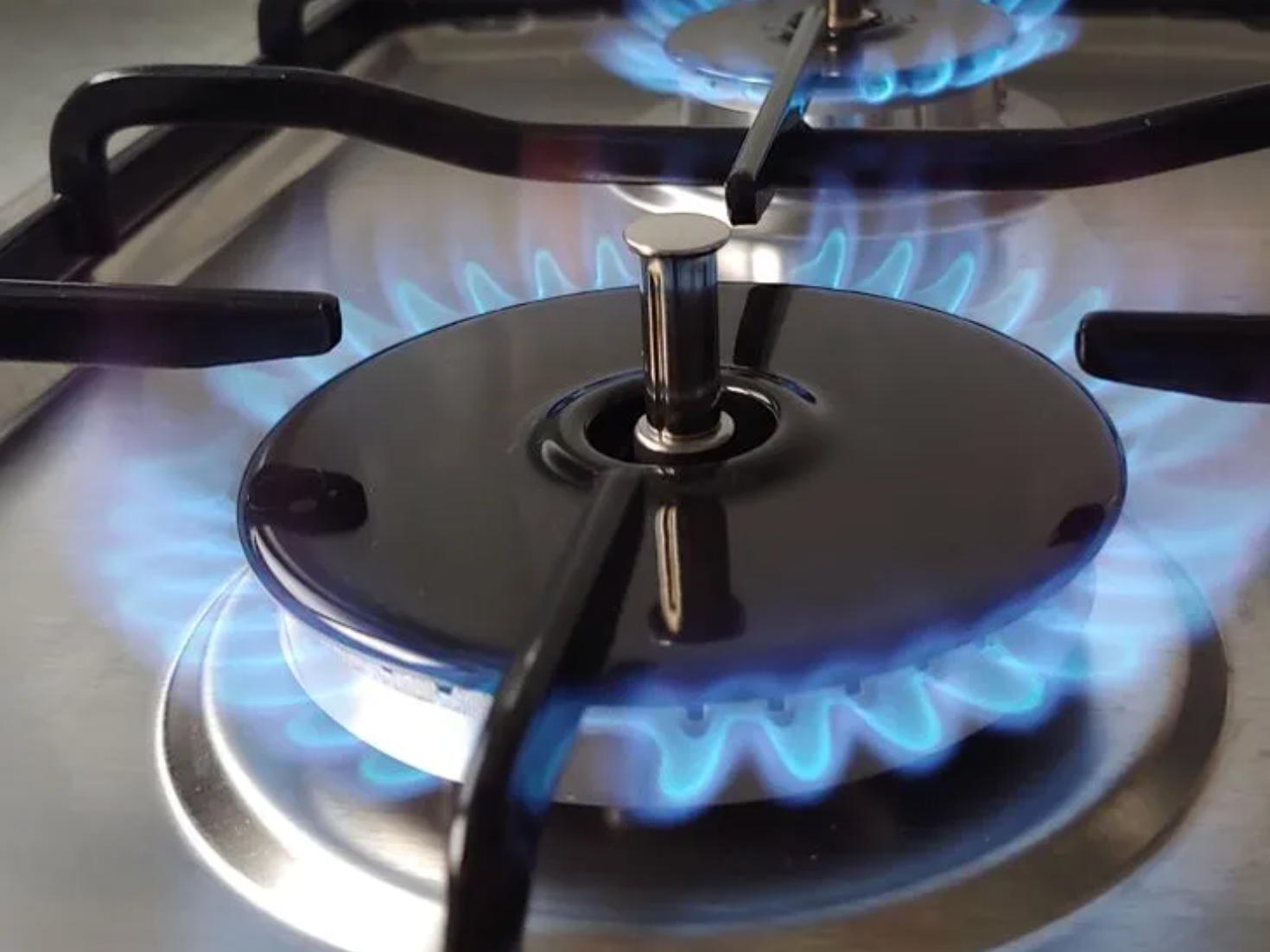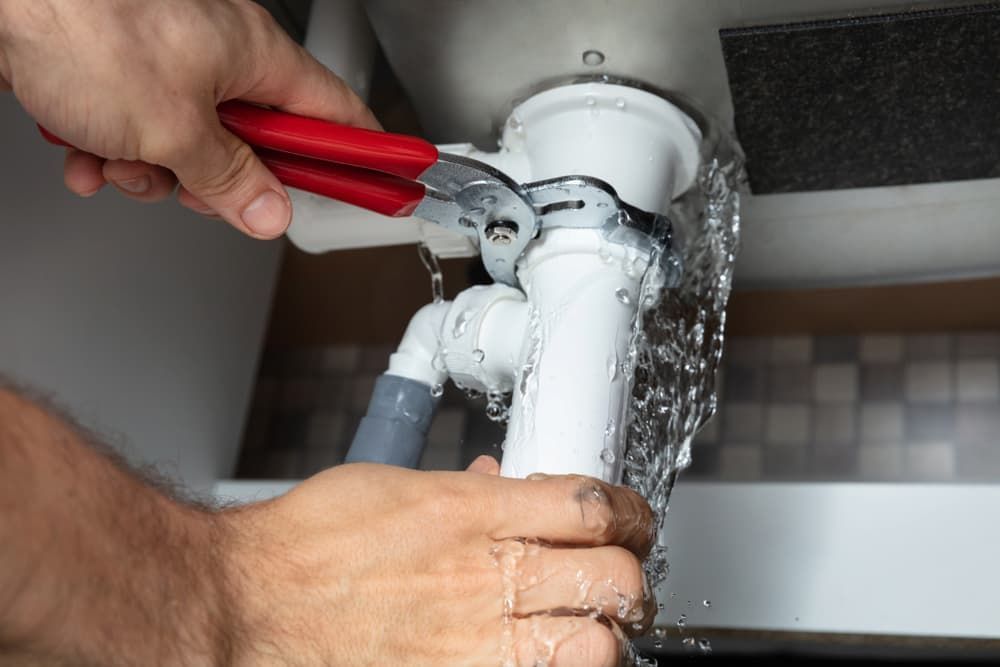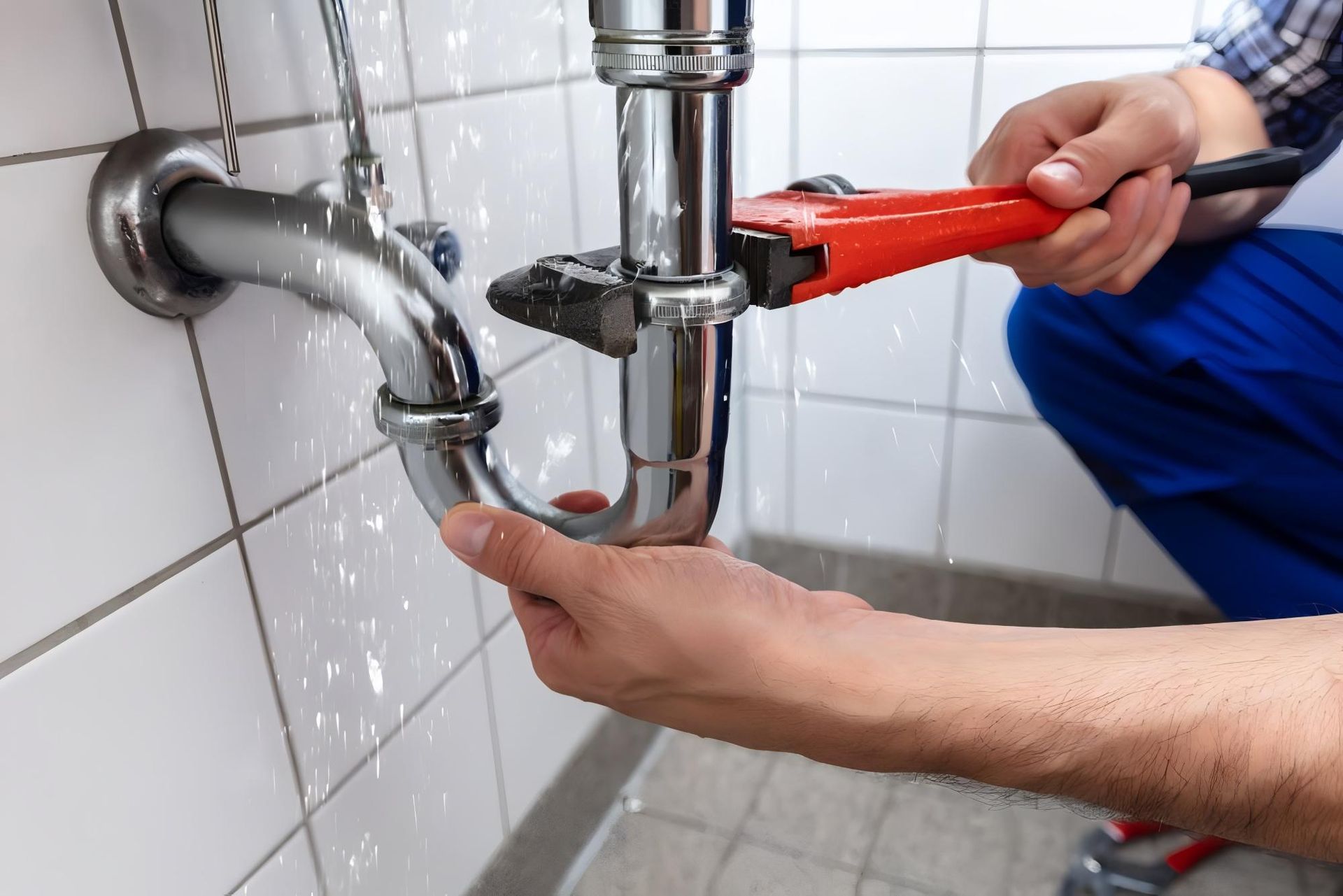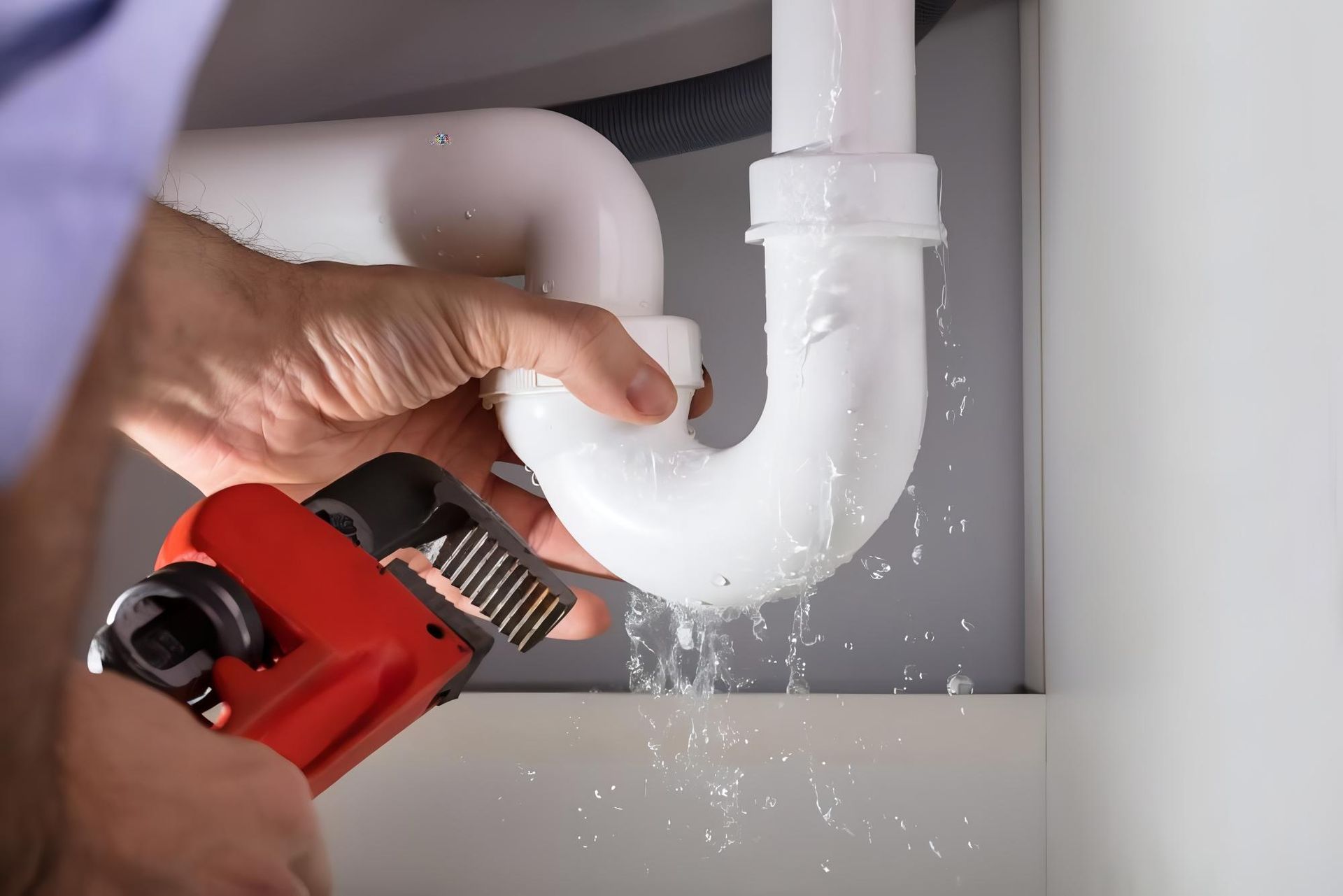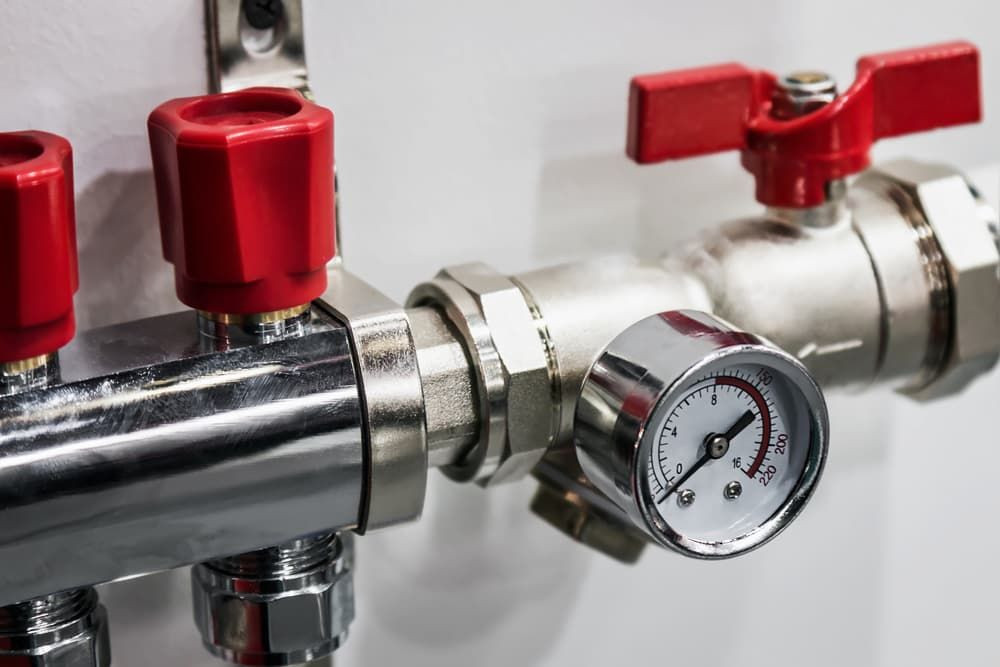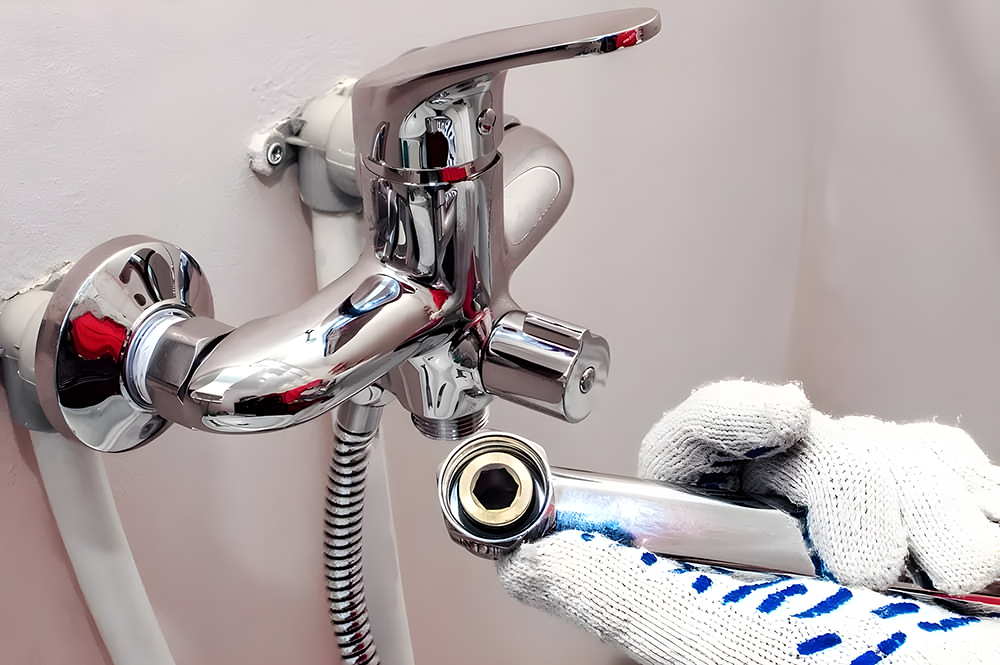LPG Vs Natural Gas: Key Differences Explained
Whether you’re building a new home, upgrading appliances, or managing a business, choosing between LPG and natural gas can make a big difference to how efficiently your property runs. Both fuels power essential systems like hot water, heating, and cooking, but they work in very different ways.
For households across regional New South Wales, understanding those differences is important, especially when deciding which energy source is the safest, most cost-effective, and practical for long-term use. In this guide, we’ll break down the key distinctions between LPG and natural gas and explain how a licensed gas fitter can help you choose the right setup for your home or business.
1. Understanding the Basics — What Exactly Are LPG and Natural Gas?
At first glance, LPG and natural gas might seem similar — both are efficient fuels that burn cleanly and are commonly used for heating, cooking, and hot water systems. However, they differ in how they’re produced and stored.
- LPG (Liquefied Petroleum Gas) is a by-product of oil refining and natural gas processing. It’s stored as a liquid under pressure in cylinders or tanks.
- Natural gas comes directly from underground gas fields and is supplied to homes and businesses via a fixed pipeline network.
- LPG is portable, making it ideal for rural or off-grid areas, while natural gas offers constant supply for connected properties.
A qualified gas fitter in Tamworth can determine which system best suits your property layout, usage habits, and appliance requirements.
2. How Supply and Storage Differ Between LPG and Natural Gas
One of the biggest practical differences between LPG and natural gas lies in how they reach your property. LPG is stored in pressurised cylinders that can be delivered and replaced when empty, offering flexibility in areas without pipeline infrastructure. Natural gas, on the other hand, flows directly from the mains, providing a continuous supply without manual refills.
For installations, a licensed gas fitter ensures both supply types are fitted safely, tested for leaks, and compliant with all Australian standards. They can also advise on gas line sizing, pressure regulation, and appliance compatibility, essential factors for efficiency and safety.
3. Energy Efficiency — Which One Burns Better for Your Home?
When comparing LPG vs natural gas for performance, efficiency is a key consideration. Both burn cleanly, but LPG has a higher energy content per cubic metre, meaning it can produce more heat with less fuel.
- LPG offers higher heating value, making it great for instant hot water and high-output heaters.
- Natural gas burns slightly cooler, but it’s often more cost-effective in areas with access to pipelines.
- Appliance design matters — some systems are optimised for LPG, while others are calibrated for natural gas.
If you’re unsure which will work best in your home, a gas fitter Tamworth can inspect your current setup and recommend the most energy-efficient option.
4. Installation Requirements — What to Expect from Your Gas Fitter
Installing a gas system requires expertise and precision. For LPG, this often involves setting up storage cylinders outdoors, running new gas lines, and connecting regulators and safety shut-off valves. Natural gas installations focus more on connecting to the mains, testing pressure, and ensuring proper ventilation for indoor appliances.
Your gas fitter manages every step, from planning and compliance certification to appliance connection and final safety checks. They’ll also handle conversion kits if you’re switching from LPG to natural gas or vice versa, ensuring all appliances run safely at the correct pressure.
5. Safety and Maintenance — Keeping Your Gas System Secure
Safety is a top priority with any gas system, regardless of the type of fuel. Both LPG and natural gas are highly efficient when maintained correctly but can pose risks if leaks or faults go unnoticed.
- Regular leak testing ensures valves and joints remain airtight.
- Ventilation checks prevent dangerous gas build-ups or carbon monoxide exposure.
- Appliance servicing keeps burners clean and operating efficiently.
A licensed gas fitter conducts routine inspections, identifies wear or corrosion, and replaces faulty components before they become hazards. Scheduling annual servicing provides peace of mind that your gas system will continue running safely and efficiently.
6. Environmental Considerations — Which Fuel Has the Smaller Footprint?
From an environmental perspective, both LPG and natural gas are considered cleaner alternatives to coal or heating oil. However, natural gas generally produces less carbon dioxide per unit of energy generated. LPG’s higher energy density means you need less of it to achieve the same heat, but transporting and storing cylinders can add to emissions.
The best way to minimise environmental impact is through proper installation and maintenance. Gas fitters can optimise combustion efficiency, prevent gas leaks, and ensure appliances burn cleanly. When systems are well maintained, both LPG and natural gas can support lower-emission energy use across homes and businesses.
7. Cost Comparison — What You Need to Know Before Switching
The total cost of running LPG or natural gas depends on a few key factors, like availability, usage, and equipment setup.
- LPG costs fluctuate due to refilling and delivery charges but remain ideal for rural or off-grid properties.
- Natural gas offers stable pricing and fewer service interruptions for properties connected to pipelines.
- Conversion and installation costs should be factored in, particularly when changing systems or upgrading appliances.
Before switching, a gas fitter Tamworth can assess your property, calculate energy efficiency, and help estimate total running costs. This ensures you choose the most practical and affordable solution for long-term use.
8. Choosing the Right Option with Help from a Licensed Gas Fitter
Ultimately, the best fuel choice comes down to lifestyle, budget, and location. For homes on the mains network, natural gas often provides a seamless and convenient energy supply. For properties further out or without access to pipelines, LPG offers independence and flexibility.
A licensed gas fitter can evaluate your current setup, test existing appliances, and provide expert advice on whether a switch is beneficial. They can also ensure all installations meet Australian safety codes, giving you confidence that your gas system is safe, efficient, and built to last.
At Plumbers Tamworth, our licensed gas fitters help homeowners and business owners across the Tamworth region make smart, safe choices about their gas systems. Whether you’re considering a switch between LPG and natural gas or need maintenance on your current installation, our team provides professional advice, installation, and repair services tailored to local conditions.
The Tamworth climate brings both chilly winters and hot summers, meaning reliable gas performance is essential all year round. We’ll ensure your system runs efficiently, safely, and in line with the latest standards.
To book a gas inspection or discuss which fuel type best suits your property, visit us at https://www.plumberstamworth.com.au/ and speak with a qualified gas fitter today.
